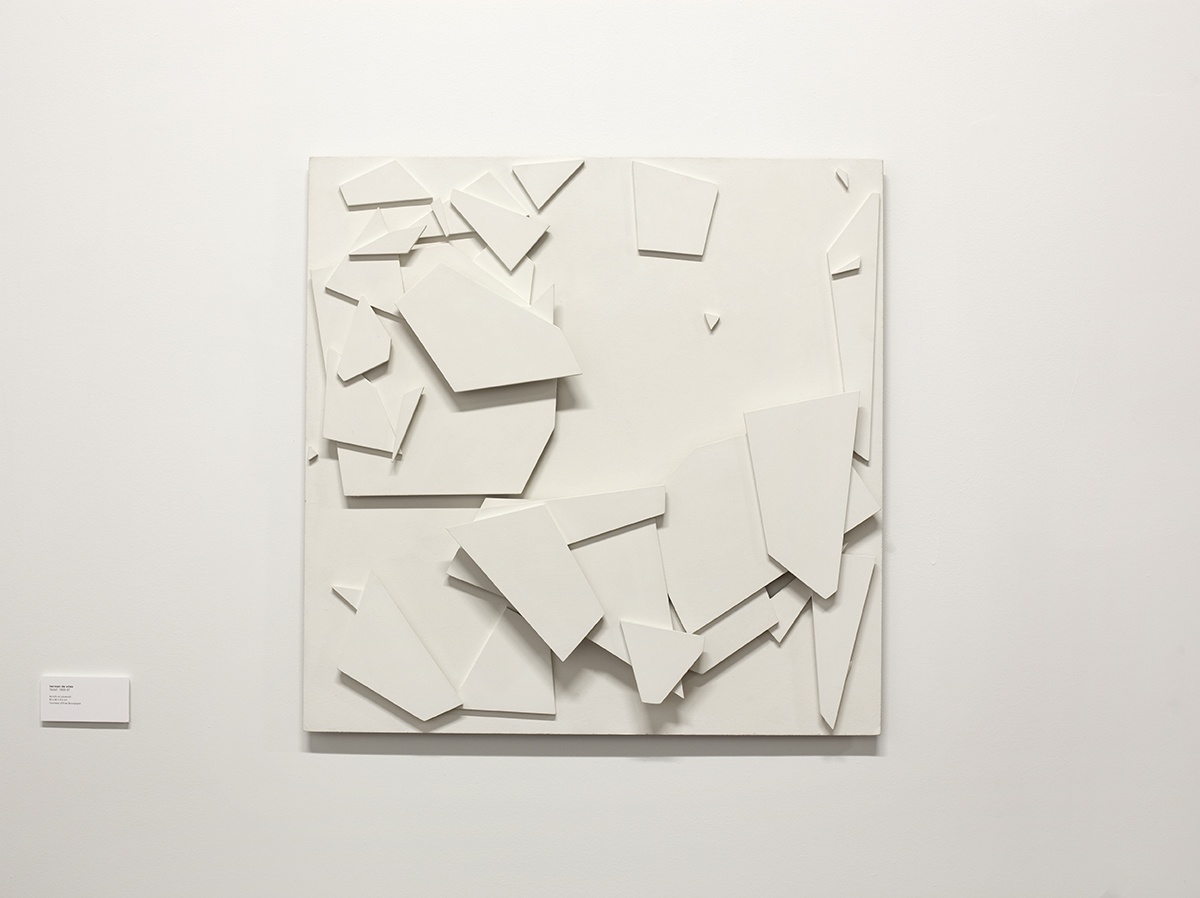SPATIAL CITY: AN ARCHITECTURE OF IDEALISM

Spatial City, the first exhibition in the United States of artwork drawn from the French Regional Contemporary Art Funds (Frac), brings together an international, multi-generational array of contemporary artists whose work contends with utopian thinking and the idealism and cynicism it inspires.
EXHIBITIONS
SPATIAL CITY:
AN ARCHITECTURE OF IDEALISM
SEPTEMBER 10 – DECEMBER 30, 2010
Spatial City, the first exhibition in the United States of artwork drawn from the French Regional Contemporary Art Funds (Frac), brings together an international, multi-generational array of contemporary artists whose work contends with utopian thinking and the idealism and cynicism it inspires.
The exhibition Spatial City originated with the theoretical architecture of the same name by Yona Friedman (b.1923). In his first manifesto, Mobile Architecture (1958), Friedman defined the structures in this ideal city as being transformable, transportable and occupying as little ground area as possible, pushing structures to hover over the earth rather than occupy its surface directly. Friedman’s ideas, disseminated in the aftermath of World War II, have influenced subsequent generations both indirectly and directly. While Friedman’s concepts informed the framework of the show, the selection of artwork reflects the cycling and recycling of optimism and cynicism in postwar and contemporary culture. Artists in the exhibition are responding to society’s complex problems: the failed utopian social experiments that resulted in the dehumanizing conditions of Brutalist architecture, the rise and fall of totalitarian states, the tensions resulting from post-colonial immigration, and the destruction of the environment in the name of progress.
Artists in the exhibition include Lida Abdul, Christian Alexa, Élisabeth Ballet, Yves Bélorgey, Berdaguer & Péjus, Katinka Bock, Monica Bonvicini, Jeff Carter, Maurizio Cattelan/Philippe Parreno, Jordi Colomer, François Dallegret, Edith Dekyndt, Peter Downsbrough, Philippe Durand, Jimmie Durham, Simon Faithfull, Didier Fuiza Faustino, Cao Fei, Robert Filliou, Elise Florenty, Yona Friedman, Dora Garcia, Ben Hall, Camille Henrot, Séverine Hubard, Pierre Huyghe, Stefan Kern, Bouchra Khalili, Bertrand Lamarche, Vincent Lamouroux, Mark Leckey, Didier Marcel, François Morellet, Sarah Morris, Juan Muñoz, Stéphanie Nava, June Bum Park, Philippe Ramette, Sara Schnadt, Kristina Solomoukha, Tatiana Trouvé, Marie Voignier, herman de vries, Clemens von Wedemeyer, Stephen Wetzel, Raphaël Zarka, and others.
The presentation in Detroit includes the work of Detroit-based artist Ben Hall in his first museum exhibition and Paris-based artist Katinka Bock (b. 1976), who was in residence at MOCAD during the summer to produce site-specific artworks for the exhibition. MOCAD is thrilled to announce a special installation by architect Yona Friedman (b. 1923) that encapsulates the progressive ideas that informed the exhibition.
Curator Nicholas Frank (Inova, Peck School of the Arts at the University of Wisconsin-Milwaukee) originated the concept and exhibition. Participating curators are Allison Peters Quinn (Hyde Park Art Center), Luis Croquer (Museum of Contemporary Art Detroit), Eva González-Sancho (Frac Bourgogne), Yannick Miloux (Frac Limousin) and Marie-Cécile Burnichon (Platform-Regroupement des Fonds régionaux d’art contemporain – the association of the Frac). The project and tour were developed in partnership with Platform and Polly Morris (formerly of Inova) and the Cultural Services of the French Embassy in the United States.
Spatial City has visited two other architecturally rich Midwestern cities, originating at the Institute of Visual Arts (Inova) at the Peck School of the Arts at the University of Wisconsin-Milwaukee (February 5-April 18, 2010) and Chicago’s Hyde Park Art Center (May 23-August 8, 2010).
The project Spatial City: An Architecture of Idealism was supported in part by Culturesfrance-French Ministry of Foreign and European Affairs, the French Ministry of Culture and Communication (Délégation Générale de la Création Artistique-service des arts plastiques), the Cultural Services of the French Embassy. Katinka Bock’s residency is made possible with the support of Étant donnés, the French American Cultural Exchange (FACE).












